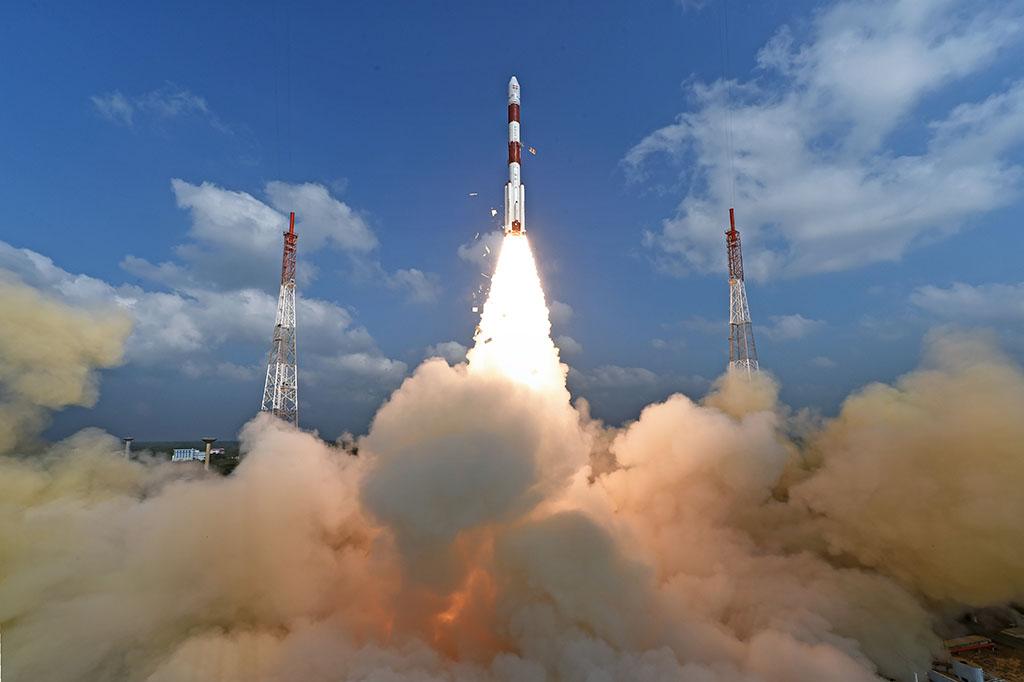
Launch in Bulk
The Indian Space Research Organization orbited 104 satellites on one launch on Feb. 15, setting a world record. The Polar Satellite Launch Vehicle carried the Cartosat-2 satellite as well as 103 passenger spacecraft—including 88 Dove smallsats for Planet—on the flight from the Satish Dhawan Space Center.
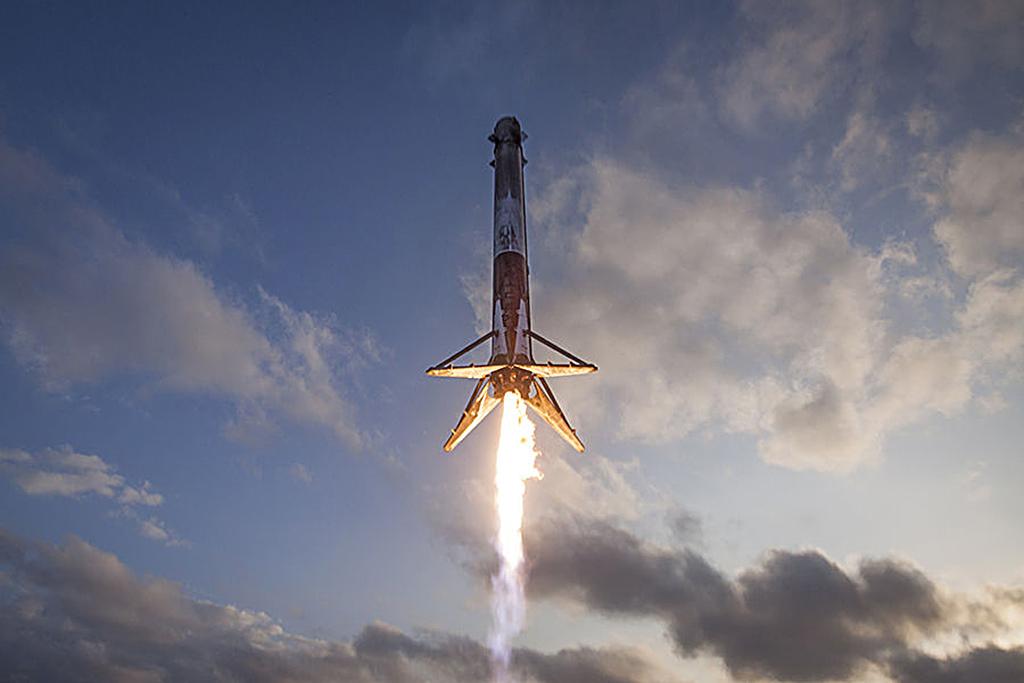
Commercial Reusability
SpaceX launched the first reused Falcon 9 first stage on March 20, sending the SES-10 communications satellite into orbit from Cape Canaveral, and recovering the first stage—again—with a vertical landing on an unmanned barge in the Atlantic Ocean. Another booster was reflown on a June mission.
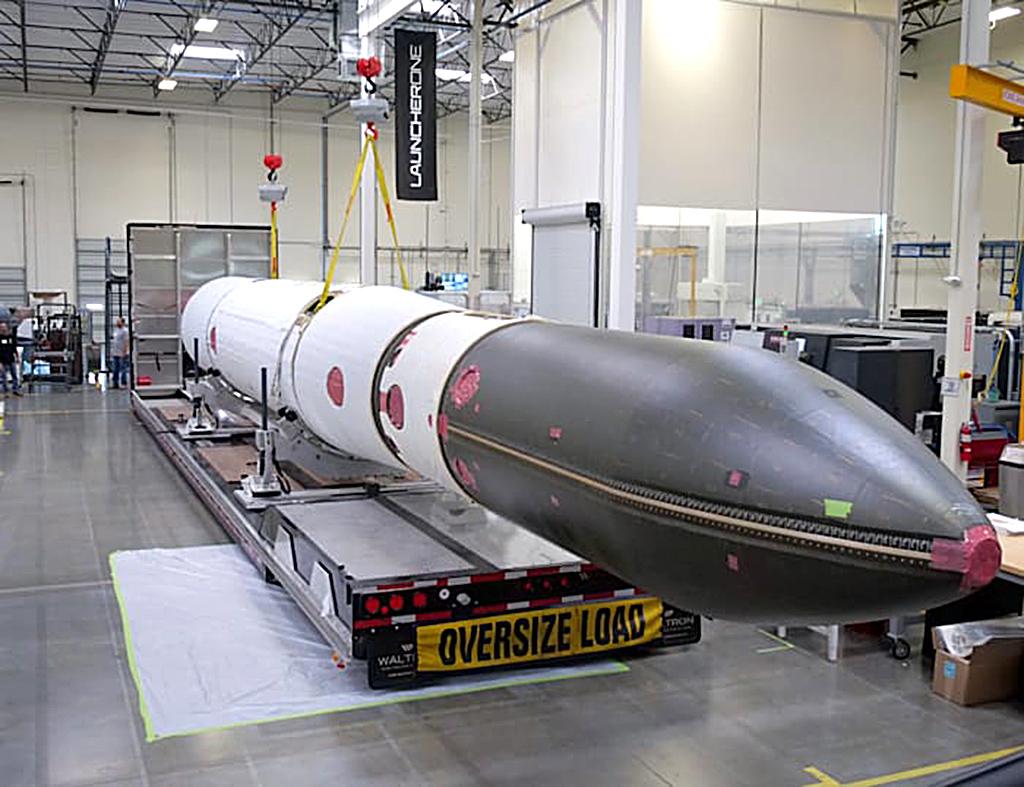
Virgin Territory
Virgin Group in March formed a dedicated company, Virgin Orbital, to develop, manufacture and operate the LauncherOne air-launched small-satellite launch vehicle, separating it from human spaceflight unit Virgin Galactic. First launches from the modified Boeing 747-400 carrier aircraft are planned for 2018.
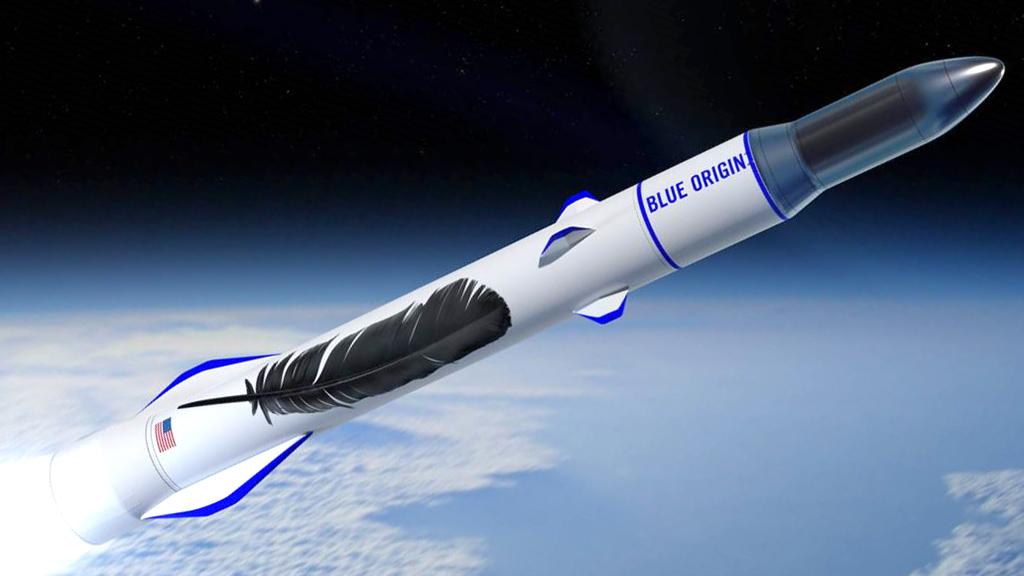
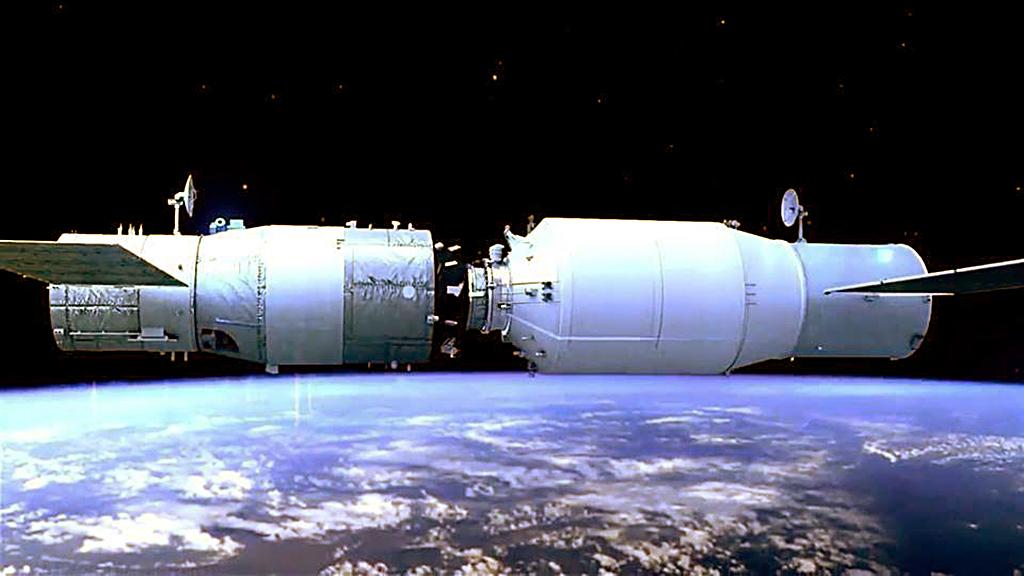
Beijing’s Space Station
China launched its first resupply spacecraft, Tianzhou-1, to the Tiangong-2 space laboratory on April 20, on the second flight of the Long March 7 launch vehicle, from Wenchang space center on Hainan island. The unmanned freighter docked with the ministation on April 22.
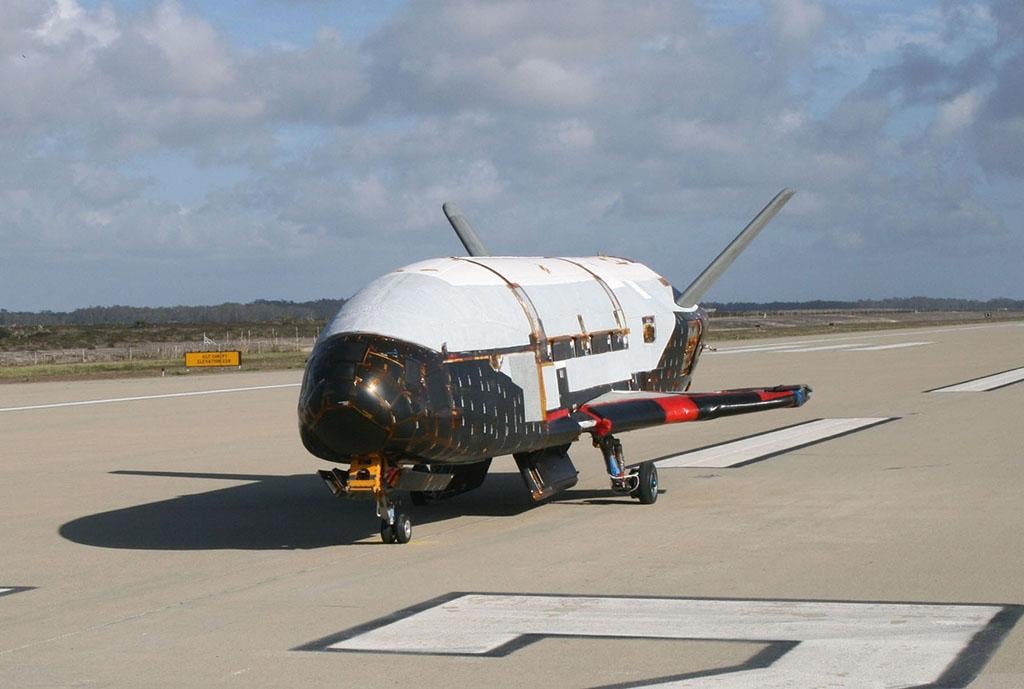
Secret Spaceplane’s Long Stay
The U.S. Air Force’s Boeing X-37B reusable spaceplane touched down at NASA Kennedy Space Center on May 7 after spending 718 days in space. The fourth and longest Orbital Test Vehicle (OTV) flight was the first to land back in Florida, following launch from Cape Canaveral on May 20, 2015, on an Atlas V booster. The fifth OTV flight was launched from Kennedy on Sept. 7.
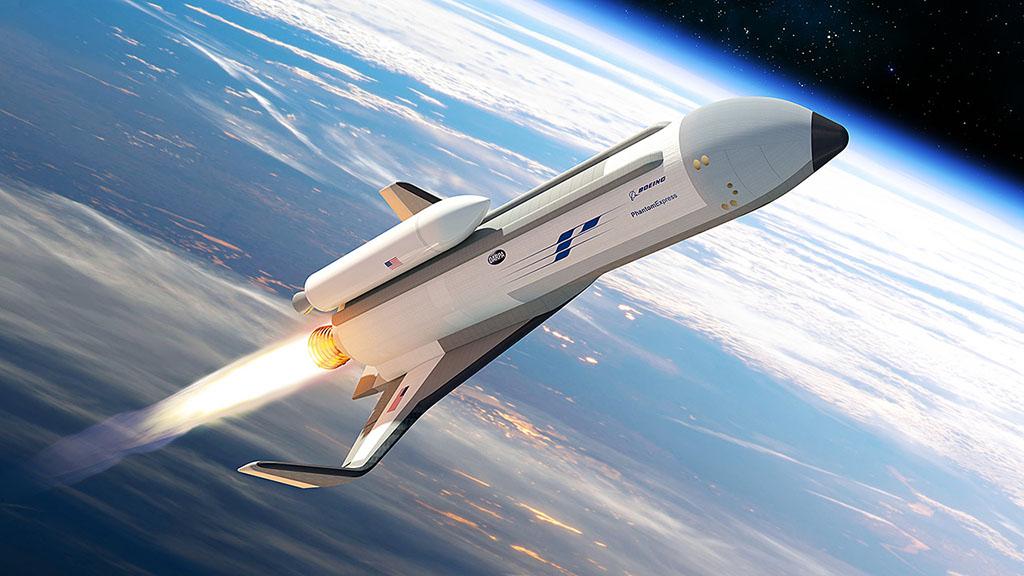
DARPA’s Spaceplane
DARPA in May selected Boeing to build and fly the XS-1 reusable experimental spaceplane, with Aerojet Rocketdyne providing propulsion. Ground tests of the Phantom Express vertical-launch/horizontal-landing reusable first stage are planned by 2019, and 10-15 flights for 2020, ultimately orbiting a payload on an extendable upper stage.
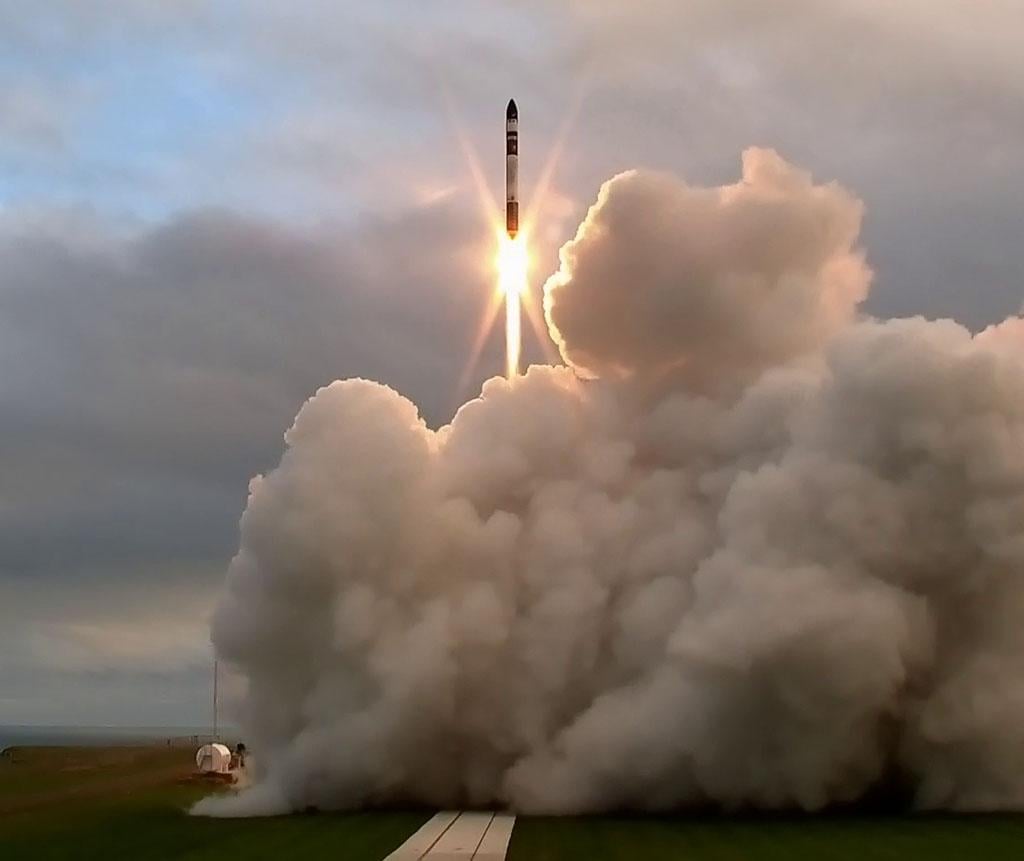
Smallsat Startup
Startup Rocket Lab’s Electron small launch vehicle made it into space but not to its intended elliptical low Earth orbit, on its first flight on May 25, from the company’s Mahia Peninsula Launch Complex 1 in New Zealand. A second flight was planned for late 2017, but has been delayed until early 2018 due to technical issues and poor weather.
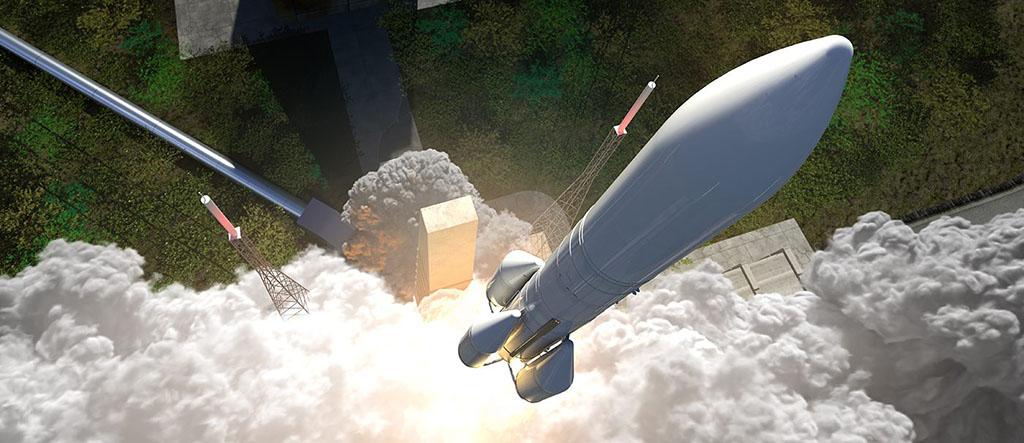
Next-Gen Ariane
The European Space Agency in July signed up for two dual launches of Galileo navigation satellites as the first customer for Europe’s Ariane 6 launcher. Eumetsat in September placed an option to launch a Metop-SG weather satellite on an Ariane 6. First launch of the Ariane 6 is scheduled for July 2020.
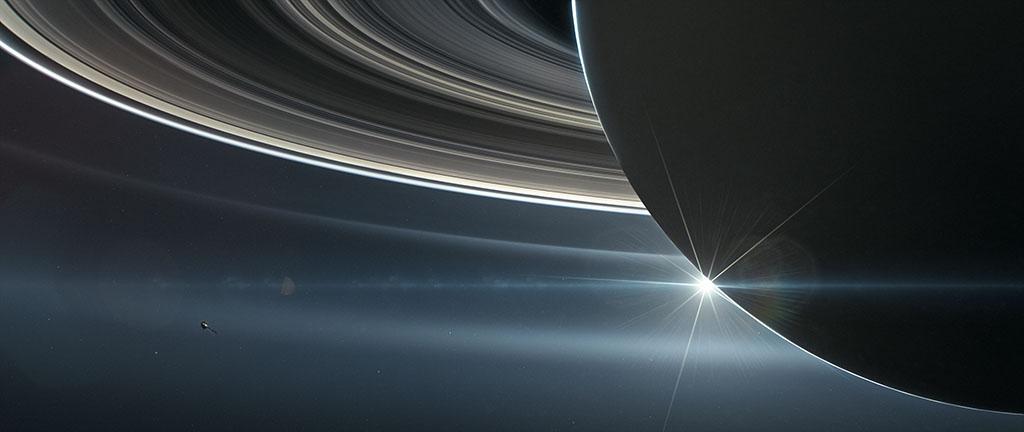
Cassini Finale
NASA’s Cassini spacecraft ended its 13-year exploration of Saturn on Sept. 15 with a deliberate plunge into the atmosphere of the gas giant to prevent potential contamination of the planet’s moons—including Titan and Enceladus, whose oceans are targets for future exploration.
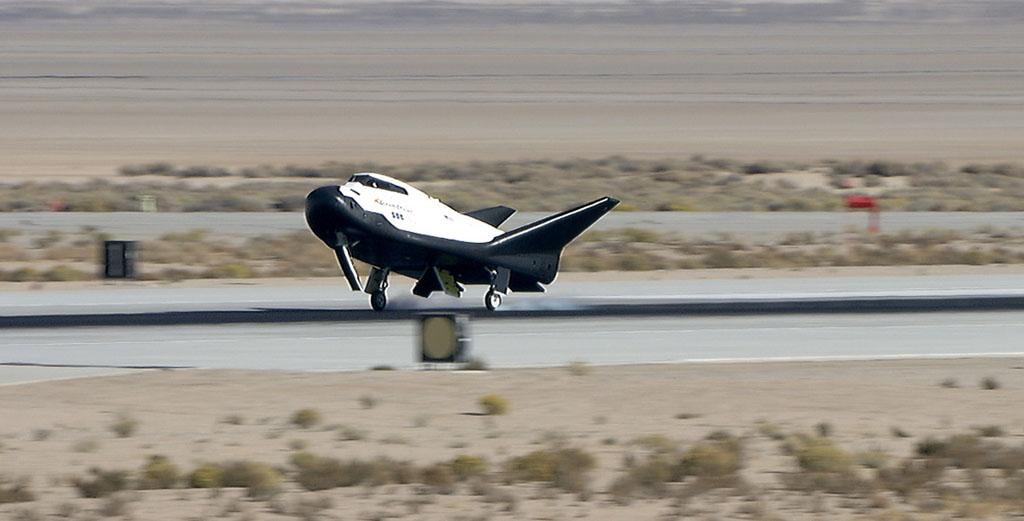
Dream Rekindled
Sierra Nevada Corp.’s Dream Chaser winged spaceplane returned to flight on Nov. 11 with a 60-sec. gliding flight to a landing at Edwards AFB, California, after being carried aloft by a Boeing Chinook helicopter to an altitude of more than 12,300 ft. First launch atop an Atlas V booster, to carry cargo to the International Space Station, is planned for 2020.
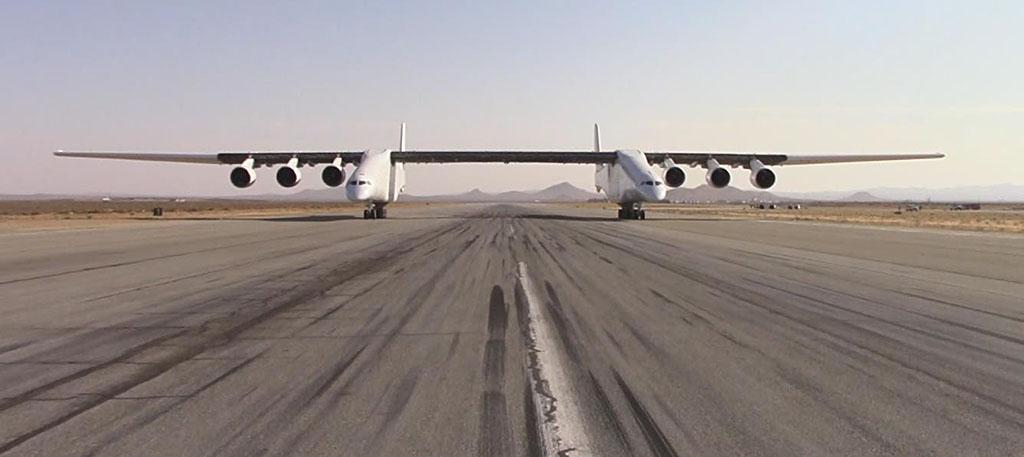
Stratolaunch On a Roll
Stratolaunch Systems conducted the first taxi tests of its six-engine, air-launch carrier aircraft on Dec. 17 in Mojave, California. Powered by six Pratt & Whitney PW4056 engines, the twin-fuselage, 385-ft. span aircraft is designed to air-launch small to medium-size satellites into low Earth orbit and is expected to make its first flight in early 2018.
The drive toward commercial spaceflight continued in 2017, with progress in reusability and smallsat launchers, as well as a new generation of large launch vehicle. We review some of the year’s milestones.
